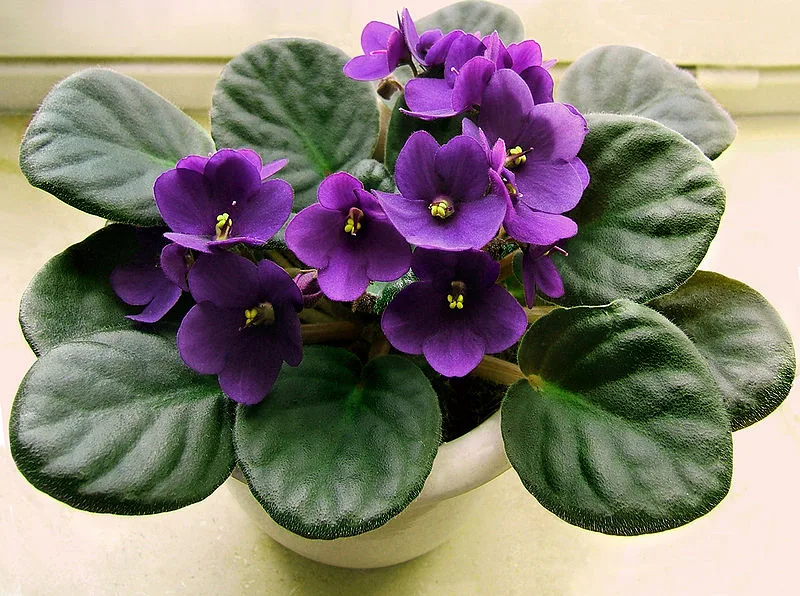
LawnsRoot provides home decor advice and gardening useful tips, houseplant selection, cleaning tips, best firepit ideas, tools, Equipment, and the best dry fruit.
Gardening Basic
Houseplant Care and Grow
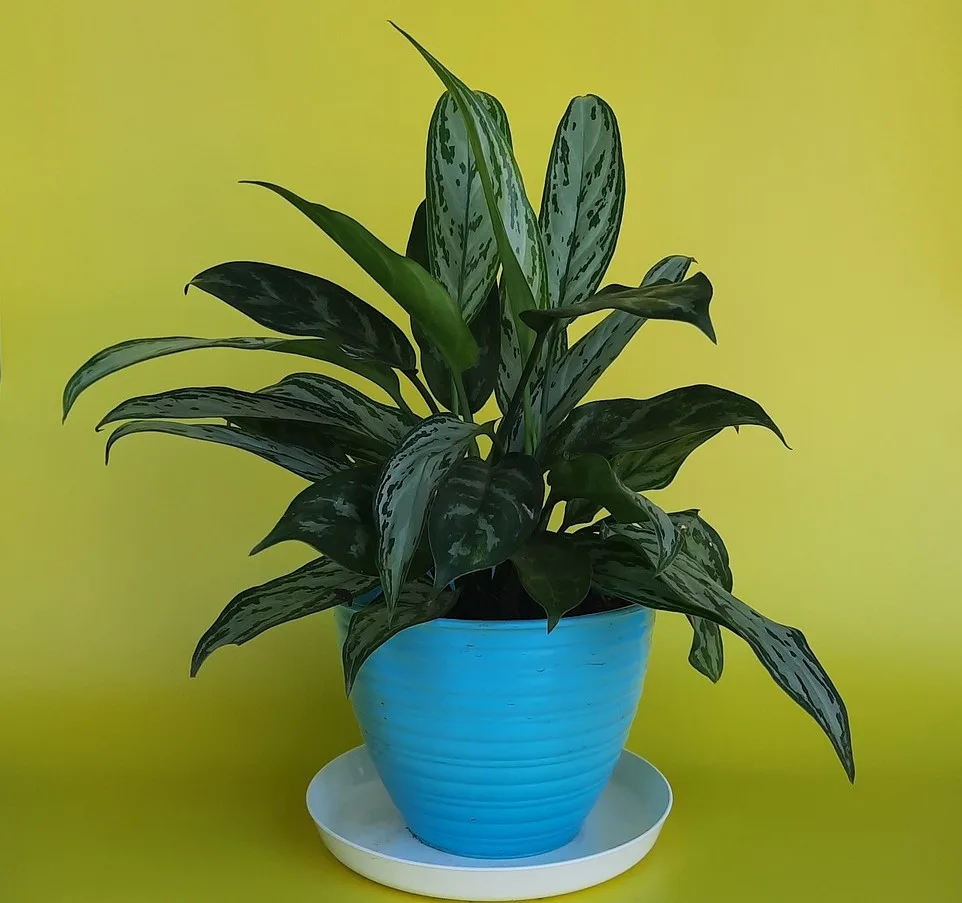
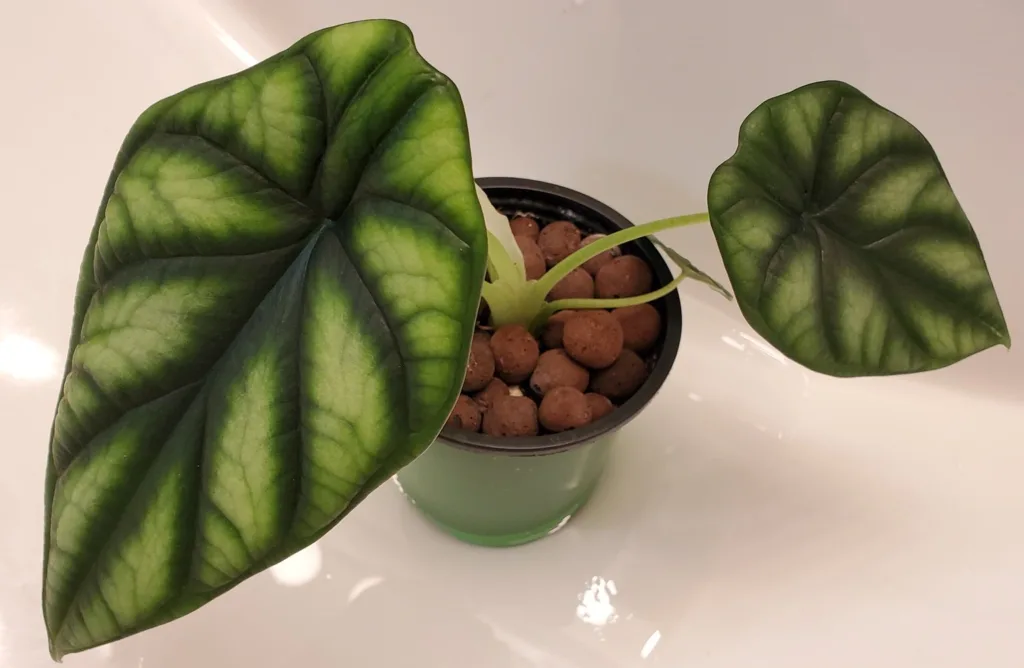


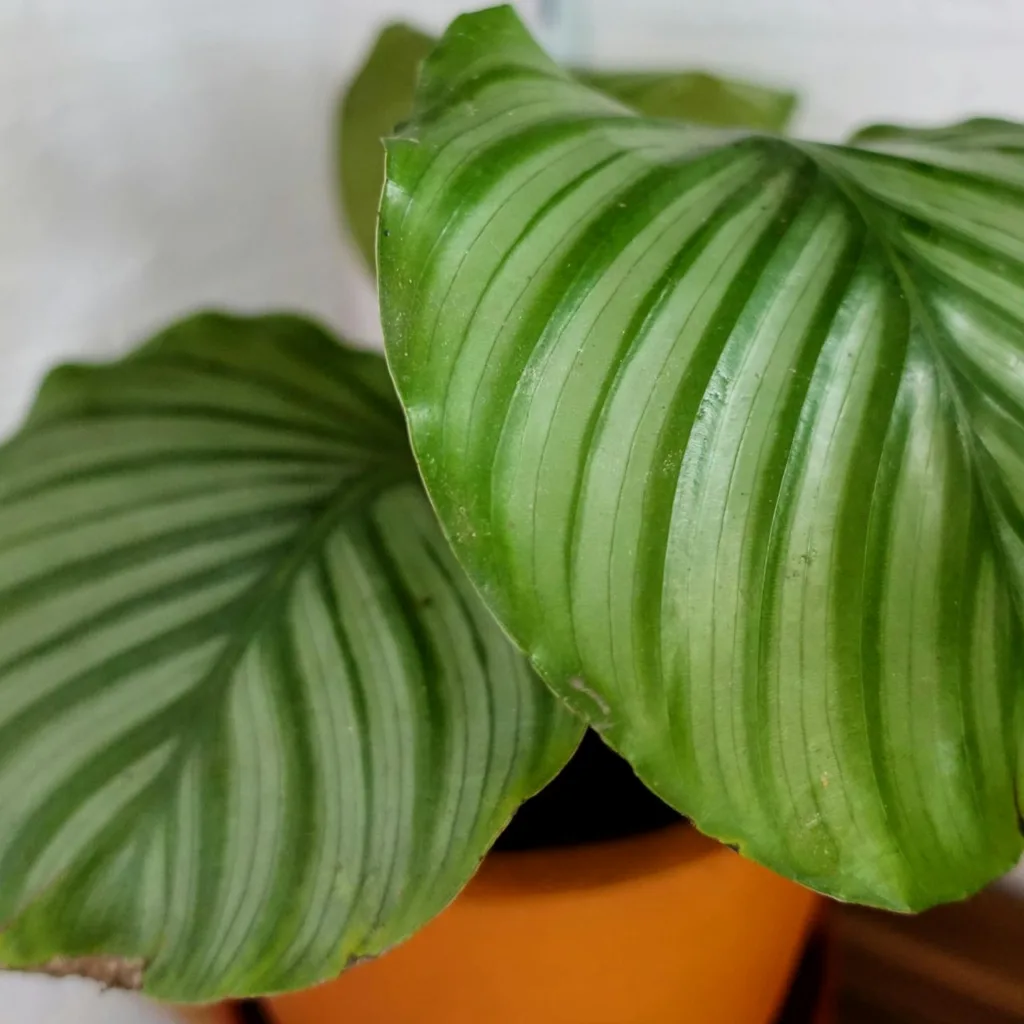
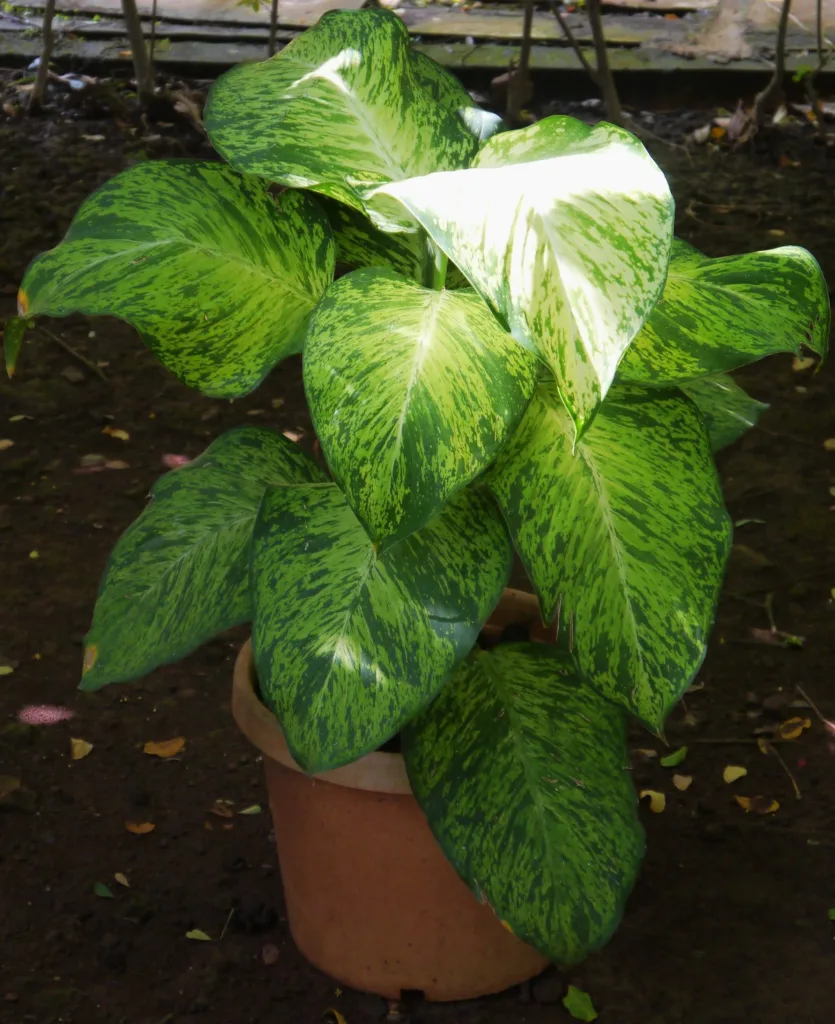

Are you passionate about gardening too? Then you’ve found your home.
Welcome to Gardening Know-How, where everyone is welcome regardless of their level of gardening experience. Whether you live in an apartment and enjoy houseplants, are a beginner starting with your first edible garden, or are an expert gardener looking to learn about cooking with your harvest, we’ve got you covered.
As gardeners, we understand the satisfaction of feeling the soil between our fingers, the excitement of seeing the first seedling or blossom of the year, and the joy of biting into a freshly picked fruit from our garden. Our goal is to share these experiences with you and help you achieve them too.
Smokeless Firepit

Smokeless firepits have become a popular choice in the last few years. A firepit without any smoke sounds great and how does a smokeless firepit work? A smokeless fire pit does not eliminate smoke, some smoke remains in it. You can say that a fire pit without smoke is very good. If we want, we can also cook food on it. smokeless fire pit dims the flame and enjoys the beautiful environment. You can enjoy the warmth of the fire pit on the moonlit night. We sit in front of the firepit forget all our worries and enjoy that moment.





